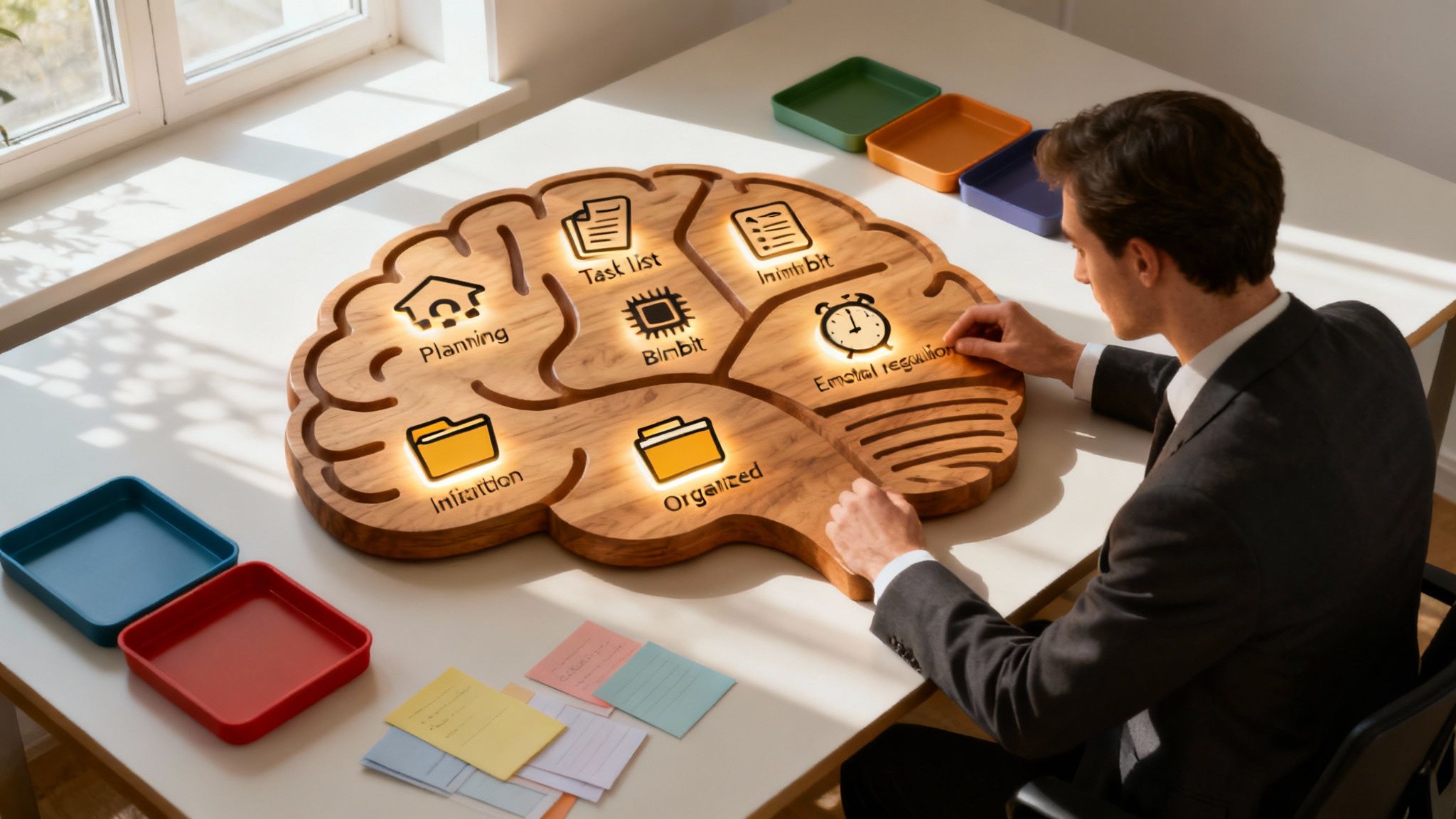Simply put, task-switching refers to shifting your attention, focus, and cognitive resources from one task to another. It's when you disengage from the current task, mentally prepare for the next one, and transition to directing your attention and resources toward it.
We use task-switching skills on a daily basis—for example, transitioning from working at home to relaxing at the end of the day; or going from sitting on the couch to finally starting your workout that you've avoided all week.
But what if you have ADHD? Why is task-switching so hard for us to do?
This article explores the topic of task transitions with ADHD and practical strategies to help you make smooth transitions in any setting.
Too long; didn't read
- People with ADHD struggle with task-switching due to task paralysis, indecision, and time blindness.
- Impulsivity and working memory can also affect an ADHDer’s ability to switch tasks effectively.
- People who work from home may find that transitions are especially challenging.
- You can improve your ability to switch tasks by using transitional cues or visualizing your daily tasks.
Why is task-switching so hard for ADHD brains?
People with ADHD often have more difficulty disengaging from one task and redirecting focus to another. As a result, we waste more time between activities, leading to decreased productivity and more stress.
But what's causing this disconnect? We know we need to do the thing, but why is it so hard to do it?
1. Task paralysis
Task paralysis - also called ADHD paralysis - refers to those moments when you feel like you're unable to start or continue a task, most often due to overwhelm or analysis paralysis — the inability to make decisions.
Task paralysis occurs when the sheer number of options or the fear of making mistakes becomes so paralyzing that it prevents you from starting.
2. Inattention and distractibility
Adults with ADHD often struggle with maintaining focus and resisting distractions.
When switching between tasks, external stimuli or internal thoughts can easily divert our attention, making it challenging to shift and concentrate on new tasks.1
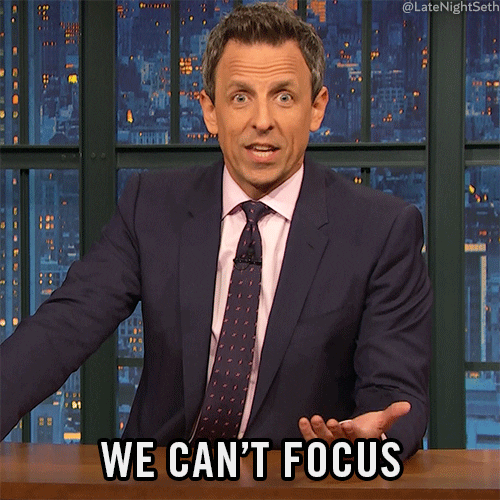
💡 Pro tip! Learn how to pinpoint your unique ADHD challenges and find specific management strategies with the Inflow app. With over 200 hours of bite-sized educational ADHD content, you're sure to find your a-ha! moment on the Inflow app. But first, see if Inflow would be a good fit for you by taking our free ADHD quiz.
3. Impulsive tendencies
Impulsivity is a hallmark symptom of ADHD, specifically for those with ADHD-HI — the hyperactive-impulsive subtype of ADHD.
As ADHDers, we usually can’t resist the urge to act on immediate impulses or thoughts, which interferes with our ability to move on to an important activity in a controlled and organized manner. Instead, we’re impulsively jumping around, never really finishing anything.
Ouch, that’s relatable.
For example, let's say you recently developed an interest in photography. You impulsively buy a new (expensive) camera, start learning about composition and lighting, and hyperfocus on learning new techniques.
You read about pottery at 2 AM a few weeks later and become captivated. This hobby will change my life, you think to yourself. And just like that, your new camera is abandoned, left to collect dust in one of your many doom piles. Because right now, all you care about is pottery.
You purchase pottery supplies, sign up for classes, and create a few pieces... But just as quickly, you stumble upon woodworking and can't resist. And the hobby cycle repeats itself.
4. ADHD hyperfocus and time blindness
ADHD is known for causing difficulty paying attention, but this isn't always true for ADHDers, as many of us experience hyperfocus — an intense and prolonged concentration on a task or activity that's highly engaging, rewarding, or stimulating. And as a result of hyperfocus, ADHD brains are prone to losing track of time.
When in this state, ADHDers are so focused that we’re doing that we’re unable to redirect our attention to something else — even when that something else is necessary or more important, like eating or taking a bathroom break.
5. Working memory deficits
Your working memory is like your brain's sticky notepad. It temporarily holds and works with any information needed for the tasks you're currently doing.
The working memory of adults with ADHD has a smaller "mental notepad" that can hold less information, making it easier to forget what we were just talking about or why we entered a room.2
As you may have guessed, poor working memory hinders our ability to switch tasks smoothly. We either forget important information related to the new task or lose track of our progress on the previous one.
But don’t worry! Fortunately, there are ways you can improve your working memory!
6. Anxiety and stress
Adults with ADHD often face higher anxiety and stress levels, primarily due to the challenges associated with being neurodivergent in a neurotypical society.
Anxiousness can lead to rumination, excessive worry, or intense overwhelm — none of which makes it easier to redirect our attention to a new task.
7. Difficulties with organization and planning ahead
People with ADHD often struggle with planning and organization, which was confirmed by a recent study on ADHD adults. The study found that we exhibit "altered proactive control," specifically in preparing for upcoming tasks.3 It's also suggested that ADHDers struggle with reactive control, another type of cognitive control, which would explain why we sometimes have a hard time reacting and adjusting to sudden changes.
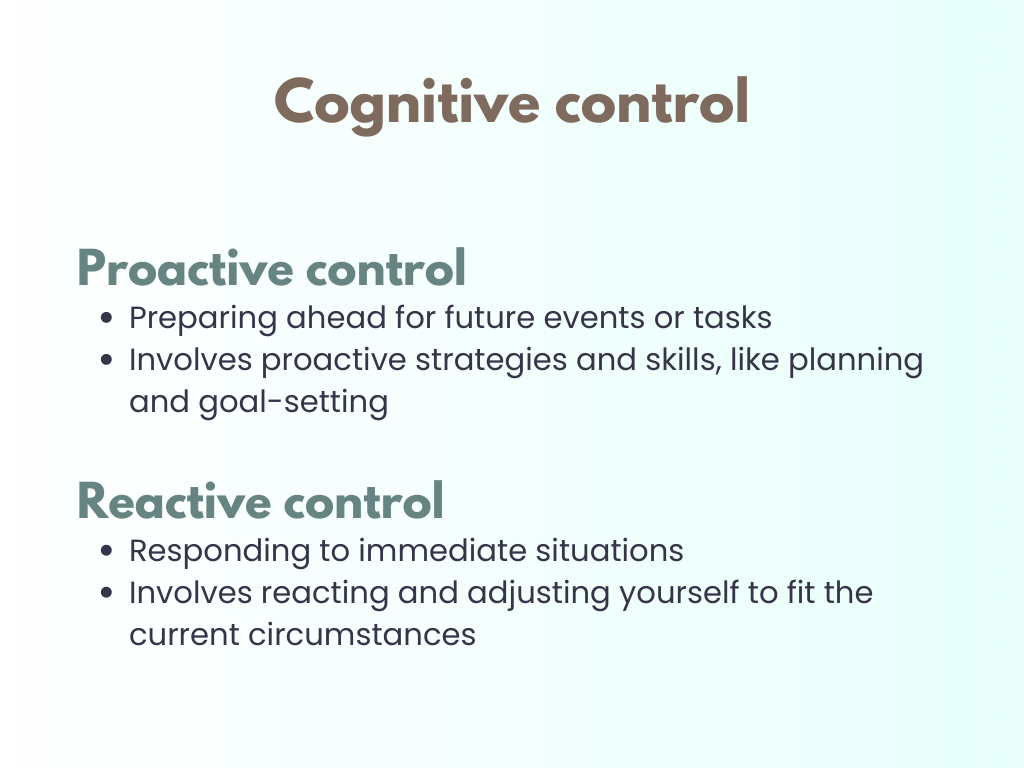
This difficulty with executive dysfunction (i.e., proactive control) further complicates task switching, as planning and organizing tasks in advance are crucial for smooth transitions between activities.
How to trick your ADHD brain into switching tasks
Experiment with these task-switching strategies to smoothly switch between tasks in various situations. Remember that not all of them may work for you. Try a few at a time and take note of the techniques that effectively assist you in managing transitions throughout the day.
1. Create a routine with clear transition periods.
Assign your daily time blocks for different activities — for example, allocating 30 minutes for focused work, followed by a 10-minute break for stretching or grabbing a snack — to create structured transitions.
By providing ourselves with a clear signal for transitioning between tasks, we're less likely to become overwhelmed and disoriented between them.
2. Visualize your tasks, meetings, and deadlines.
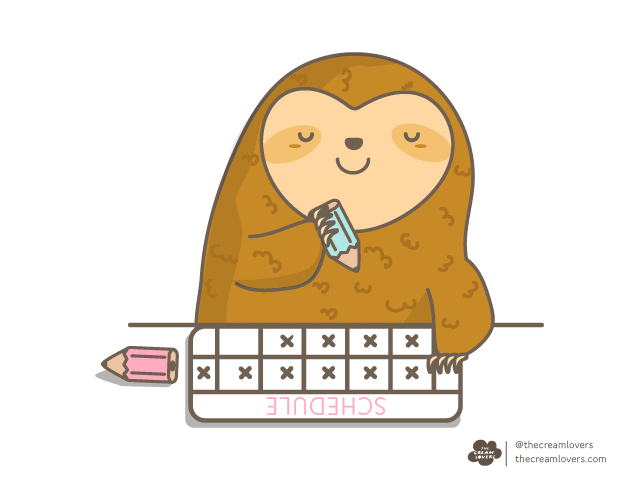
Do you prefer to learn with visual aids, such as pictures or charts? Are you able to remember something better if you saw it, as opposed to just hearing it? If you said yes, you’re probably a visual learner.
In that case, you should use visual cues to help you see your tasks. Bonus points if you can visualize the length of the tasks, their priority, and how long they’ll take. Keep it next to or on your computer if you plan on using this for work tasks.
Examples of visual cues:
- Calendar blocks
- Kanban boards
- Task lists with clearly defined priorities and deadlines
3. Use transitional cues.
Transitional cues are signals to help us switch from one activity to another, triggering us for an upcoming change. Transitional cues can be sensory, visual, auditory, or even symbolic.
Environmental cues
When switching tasks, environmental cues can be helpful in signaling the transition and preparing your mind for the new activity. This is especially helpful for people who work from home. Here are some examples of environmental cues you can use:
- Workspace — Designate certain areas in your home that are for work only, and be sure to avoid those spaces when you’re not in work mode.
- Lighting — Adjust lighting conditions to match what you’re working on. Bright lighting is associated with focused work or tedious tasks. Soft or dim lighting indicates a shift towards relaxation or creative activities. (If you have sensory processing difficulties, avoid fluorescent lighting!)
Digital cues
Set up reminders on your phone, use a Google calendar, or create an account for task management software (like Notion) to prompt you to switch tasks or activities at specific times.
Rituals or routines
Routines can help you mentally prepare for transitions.
For instance, start your workday by brewing coffee, reviewing your to-do list, or going through a brief warm-up routine to signal your brain that it's time to switch from rest to work mode.
Symbolic cues
Place an object on your desk representing a particular activity to trigger your mind to shift its focus accordingly.
For example, leave your lunch on your desk to remind you to take a lunch break.
4. Journal for a few minutes or reflect on your day.
Journaling helps you switch out of work mode and into relaxation mode.
Reflecting through journaling or reviewing completed tasks provides a sense of closure and accomplishment. Self-reflection activities also help you leave work-related thoughts behind and prepare your mind for relaxation and personal activities.
5. Disconnect from technology.
After you're done working, get into the habit of closing your laptop. (This is an example of a transitional cue!)
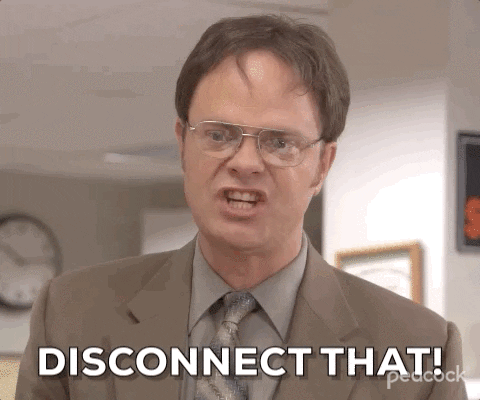
Once you've stepped away from your workspace and electronics, engage in calming activities, such as taking a shower, lying on your hammock, or reading a book. Disconnecting from work-related devices also reduces distractions and creates a clearer separation between work and personal time, reinforcing a healthier work-life balance.
6. Get moving with physical activity.
Get some exercise! A short workout, walking your dog, or doing quick stretches can stimulate the mind and body and ease you into the transition.
In addition, physical movement boosts energy levels. So exercising after work is a win-win if you experience fatigue or brain fog after a long day of Zoom meetings, spreadsheets, and sales pitches.
If you need motivation strategies to start your workout, check out these tips.
7. Practice mindfulness techniques.
Mindfulness practices, such as deep breathing techniques or guided meditation, promote mental clarity and calm the mind, making it easier to switch from one task to the next. This is especially useful at the end of the day.
8. Incorporate self-care rituals.
Self-care rituals are a must for any routine, especially if you're switching from a mentally-engaging task to relaxation mode.
Take a shower, listen to music, or work on one of your many hobbies — anything that promotes relaxation and rejuvenation.
Final thoughts
Living with ADHD isn't easy, and that becomes painfully obvious when we experience task-switching struggles. Whether it's ADHD paralysis, time blindness, hyperfocus, or distractions, ADHDers face challenges at every turn.
But it's possible to overcome those challenges with a bit of conscious effort: incorporating routines, mindfulness techniques, physical activity, self-care practices, and visual cues can help individuals with ADHD enhance their ability to transition between tasks, chores, or jobs more effectively.
-
Sources
1 Psychological Research | Inattention and task switching performance: the role of predictability, working memory load and goal neglect (2020)
2 Neuropsychology | Working memory and short-term memory deficits in ADHD: A bifactor modeling approach. (2020)
3 Neuropsychologia | Altered proactive control in adults with ADHD: Evidence from event-related potentials during cued task switching (2020)


